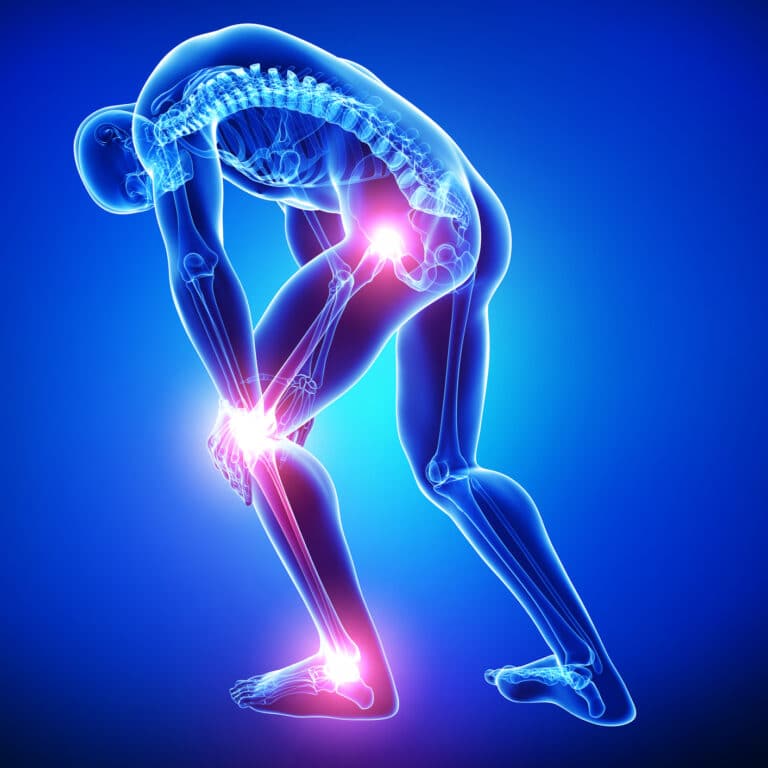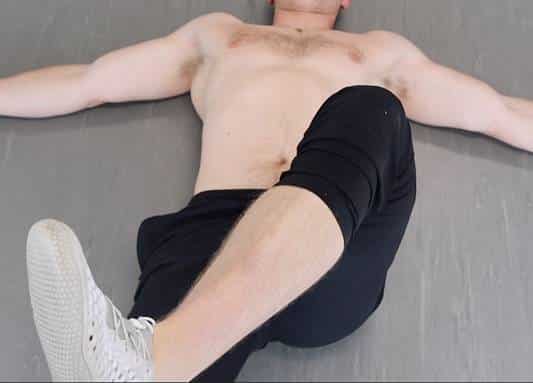This post probably isn’t about what you’re thinking, but I promise to not let you down. Maybe when your read this title you thought it would be another blog post about the most efficient and effective exercises you could do in an hour to create the most kick-butt workout ever. Well, no. This isn’t going to be about this. This is about something dear to my heart and more importantly, something I feel that we all need to come to terms with.
This is the fact that confining all of our exercise into a one-hour section of our day is completely foreign to our physiology and quite frankly, a very odd way to think about improving our health.
If we go back in time 100 years ago, which is a mere blink in the grand total of our existence on this planet, we would see something very different than we do today. There were no gyms, nobody went to group fitness classes, and running wasn’t an activity that people would do after a long day’s work to stay fit. Fitness and exercise came from doing everyday chores such as manual labour, farming or other household necessities. And even long before that when we were living in the wild, our lack of need for “exercise” as we now have labelled it would have been even more pronounced. So, when did it all change? And, how do we adapt to our new ways of living and still remain fit and healthy?
“Exercise” or working out is one way we have found that works. Our jobs changed with the onset of the industrial revolution and even more so after the technological revolution. However, our bodies didn’t. Regardless of the new demands placed upon us by society, our physiology remained the same. I have read that our genes take roughly 10,000 years on average to change. So, speaking under those terms, our bodies are still programmed to move the way we did when we were hunter gatherer’s.
Sitting has been coined as the new smoking. People have made it a goal to achieve 10,000 steps a day, and sadly, many of us struggle to get them in. Our watches light up with fireworks (literally) when we reach our daily step goal. Many of us are seated or perform repetitive movements for 8 hours a day, 5 days a week, for years on end. When we need to travel, we drive rather than walk. And for many people, exercise programs are something we just don’t have the energy for nor the time to complete. These are realities we must factor in. But I have a solution.
What if we changed our perception from exercising vigorously for an hour each day to moving lightly all day long? What would the benefits be? I strongly believe that this is the key to longevity and living pain free into the later years of our lives. Working in the health and fitness industry for 8 years has taught me something. It has taught me that people struggle with time. We rarely feel like we have enough of it. So, when people begin exercising, they want to skip all the things that seem boring and unnecessary. “Just put me through the ringer, coach.” But this mentality is dangerous. When our movement patterns are flawed, our chances of getting injured skyrocket. 80% of people will experience low back pain, and the wait times for knee and hip surgeries can be up to a year. Something is wrong.
If we could shift our perspective from “exercising hard to make up for my sedentary lifestyle” to a more optimal approach such as choosing to move lightly throughout the day and take care of my body so I don’t get hurt when I do exercise, things would profoundly change for these far sighted individuals. Regardless of your exercise history or current fitness level, our biomechanics determine the movements and exercises we are eligible to do. If we try to do things in a group fitness class that we do not have the prerequisites for, we will get injured. It’s that simple.
For example, if a person who has tight shoulders and upper back from sitting all day goes to a class and puts a bar over their heads because it is part of the routine, something will break down, and you will get hurt. However, if this same person performed a daily CAR’s practice that takes each joint through its available range of motion like I teach in my workshops, he/she may be more likely to exercise without the increased risk of injury.
Moral of the story is this: Our bodies respond best to frequent, low impact activity throughout the day rather than high intensity work confined to a one-hour window. It is my mission to show people how they can incorporate this new outlook into their lives regardless of their job, length of commute to work, or available time throughout the day. It’s time for us to wake up. I challenge you to make this a priority. Move for longevity, not short-term gains.
If you are interested in learning more about this and how you can learn a daily routine you can use, email me at ty@beoriginalcoaching for information on workshops and educational seminars I will be hosting around the Ottawa area.
Let’s learn to move the way our bodies are craving. Let’s move for longevity.
Tyler Woelfle
CHEK Professional, HLC, FRC Mobility Specialist








